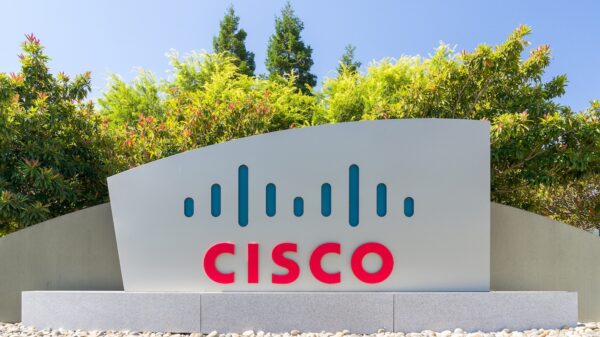A new report published by Alcatel-Lucent’s Motive Security Labs estimates that 16 million mobile devices were infected with malware in 2014.
The rate of mobile infections in 2014 was 0.68%, which represents a 25% increase compared to the previous year. According to the telecoms company, 16 million is a conservative estimate considering that its sensors don’t have complete coverage in regions like China and Russia.
“In mobile networks, Android devices have now caught up to Windows laptops as the primary workhorse of cybercrime. With one billion Android devices shipped in 2014, the platform is a favorite target of cybercriminals who can have lots of infection success without a lot of work,” Kevin McNamee, director of Alcatel-Lucent Motive Security Labs, wrote in a blog post. “Android is more exposed than rivals because of its open platform and by allowing users to download apps from third-party stores where apps are not always well vetted.”
The number of Android malware samples in Motive Security Labs’ database increased by 161% last year, reaching close to 1.2 million.
The company has pointed out that the sophistication of Android malware has also increased. Older variants used primitive command and control (C&C) mechanisms, they had hard-coded and inflexible configurations, and they were easy to detect. However, in 2014, malware authors started leveraging more advanced techniques and even integrated rootkit technologies, a trend demonstrated by threats such as NotCompatible and Koler.
According to the report, six of the top 20 mobile pieces of malware are from the spyware category. These types of threats are designed to track users’ location, calls, text messages, emails, and Web browsing.
As far as residential fixed broadband networks are concerned, infection rates increased last year, but mainly due to adware. High-level threat infections (bots, rootkits, banking Trojans) increased slightly in the second quarter of 2014, but then they dropped again to roughly 5%, the report shows.
Researchers have also pointed out that many consumers avoid shopping online to prevent their credit card information from being stolen by cybercriminals. However, the risks are even greater at brick-and-mortar stores where cash registers and point-of-sale (PoS) terminals can become infected with malware.
“Card information stolen from online retailers can only be used for online purchases. Online purchases typically need to be shipped to the address of the card owner, making them less usable to fraudsters,” reads the report. “Because the point-of-sale-based malware records all the information in the magnetic strip on the card, the data they collect can be used to make new physical cards. Criminals use these forged cards in stores to buy expensive items such as electronics, which can easily be sold for cash.”
















